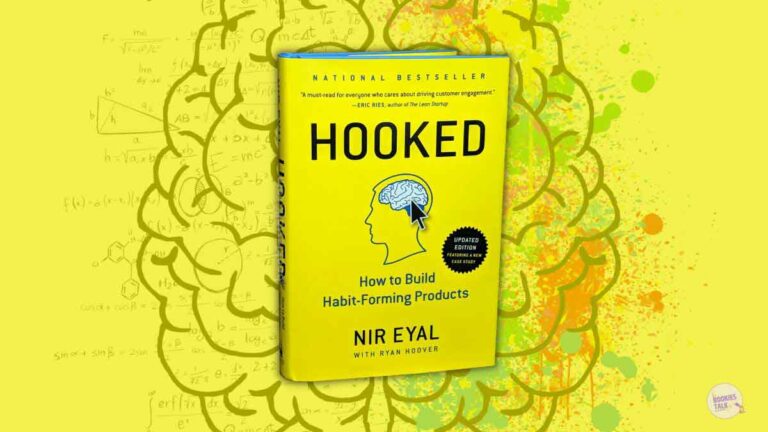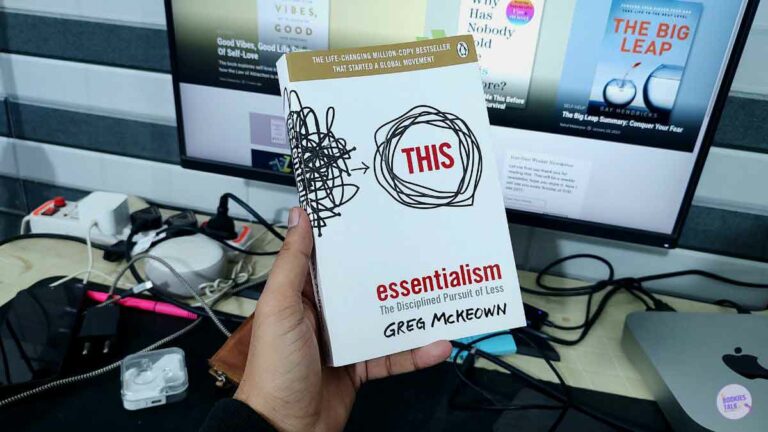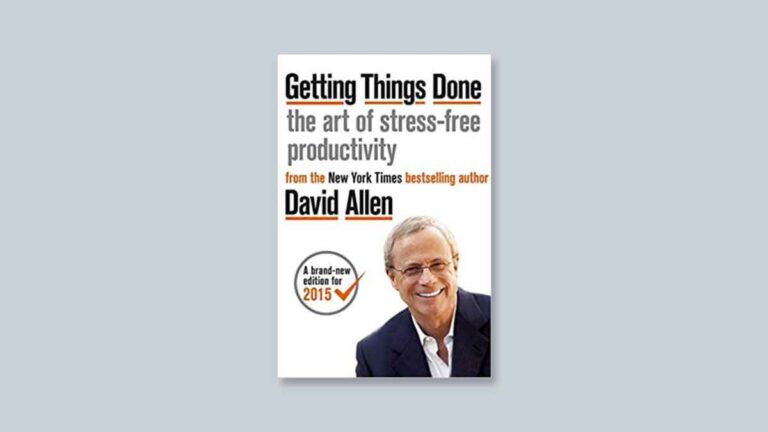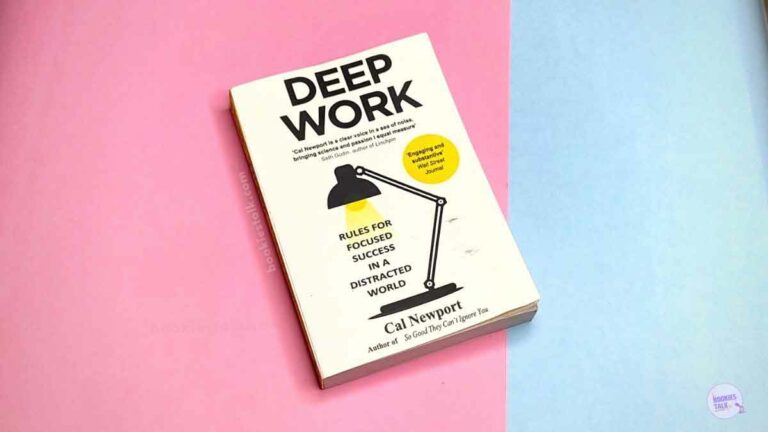Brain Rules Summary: 12 Principles To Conquer Brain
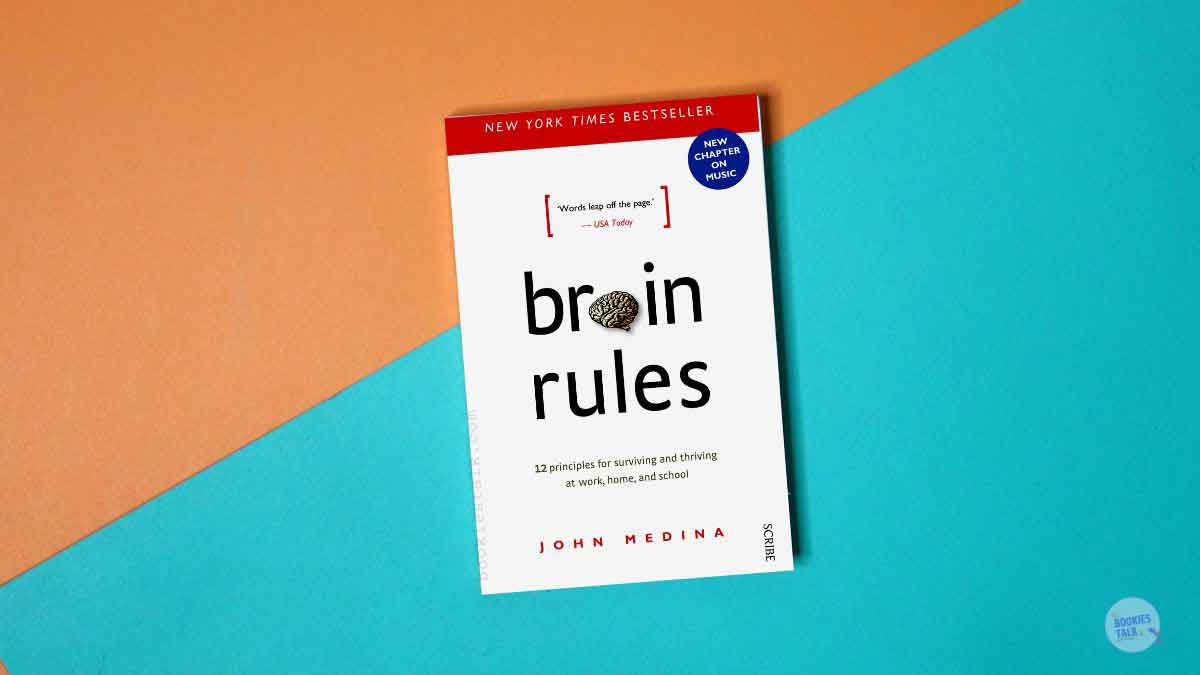
John Medina, the author of Brain Rules, has shared 12 scientifically proven principles from which you can learn How human brain works and How to improve memory power. The book has all the techniques that will make your life easier and teach you how men’s and women’s brains work with the health of science.
Favorite Quotes from the Brain Rules
“WE DO NOT SEE with our eyes. We see with our brains.”
“Do one thing at a time”
Let me first say thank you for reading this. This will be a weekly newsletter, hope you enjoy it. Now I will see you every Sunday at 9:00 AM (IST).
Brain Rules Summary

John Medina wrote Brain Rules book in 2008, so if you have read some of the self-help books then reading Brain Rules might feel like Repeating the same things but still, do read this book as it talks about the human brain along with that the author has shared lots of researched data which will help you to understand how does Men’s and Women’s brain works.
So let me share with your some of the core takeaways from the book
- We are not used to sitting at a desk for eight hours a day. Evolutionarily, our brains developed while we walked or ran as many as 12 miles a day. The brain still craves this experience. That’s why exercise boosts brain power in sedentary populations like our own. Exercisers outperform couch potatoes in long-term memory, reasoning, attention, and problem-solving tasks.
- People don’t pay attention to boring things. You’ve got seconds to grab someone’s attention and only 10 minutes to keep it. At 9 minutes and 59 seconds, you must do something to regain attention and restart the clock, something emotional and relevant. Also, the brain needs a break. That’s why most self-help books use stories.
- Ever feel tired at about three o’clock in the afternoon? That’s because your brain really wants to take a nap. You might be more productive if you did. In one study, a 26-minute nap improved NASA pilots’ performance by 34 percent. And whether you get enough rest at night affects your mental agility the next day. Sleep well, think well.
Brain Rule 1: Male Brain vs Female Brain
There are lots of people who think Men’s and Women’s brains work the same way but that’s not true, here is a study to prove that…
A team of researchers told Men and Women to watch a horror movie while doing so, it turned out that,
When men were watching a horror movie, the right part of the brain was working continuously while the left part of the brain didn’t show lots of activity.
While when Women were watching a horror movie, the left part of the brain was working continuously while the right part of the brain didn’t show lots of activity.
This research further shows that Women take more stress compared to men and when Women pass puberty they have more anxiety compared to men.
Facts about Men’s Brain and Female’s Brain
- Women are genetically more complex because the active X chromosomes in their cells are a mix of Moms and Dads. Men’s X chromosomes all come from Mom, and their Y chromosome carries less than 100 genes, compared with about 1,500 for the X chromosome.
- Men’s and women’s brains are different structurally and biochemically—men have a bigger amygdala and produce serotonin faster, for example—but we don’t know if those differences have significance.
- Men and women respond differently to acute stress: Women activate the left hemisphere’s amygdala and remember the emotional details. Men activate the right hemisphere’s amygdala and get the gist.
- The X chromosome that males have one of and females have two of—though one acts as a backup— is a cognitive “hot spot,” carrying an unusually large percentage of genes involved in brain manufacture
Brain Rule 2: Exercise for a Healthy Brain
Exercise should be routine rather than tasks. Now, I won’t bore you with nonsense because you already know that exercise is a must, so if you’re not doing exercise every day then start today for a better future.
Facts about Exercise
- Our brains were built for walking—12 miles a day!
- To improve your thinking skills, move.
- Exercise gets blood to your brain, bringing it glucose for energy and oxygen to soak up the toxic electrons that are left over. It also stimulates the protein that keeps neurons connecting.
- Aerobic exercise just twice a week halves your risk of general dementia. It cuts your risk of Alzheimer’s by 60 percent.
Brain Rule 3: Stress for Only 30 Seconds
Mindfulness is a form of controlled meditation in which you learn to become aware of your environment without judging and learn to enjoy the moment, among other practices.
A few companies tested the programs to see whether they work. They do. About 36 percent of the employees in an insurance company who enrolled in mindfulness training noticed a marked reduction in stress after taking the program.
About 30 percent noticed an improvement in sleep. It has also been found to be effective against depression.
Meditation does help, so don’t think that sitting silently in a room for 15 minutes every day is waste of time.
Here, how I meditate,
When I wake up in the morning, I usually sit for 20 to 30 minutes alone in my room, I just observe my thoughts, I don’t ask questions, I don’t try to solve anything, I just become an observer for 20 to 30 minutes.
I do get lots of thoughts about my work, how life is going, and many others.
So when you meditate for the first time, be an observer, don’t try to solve the problem, don’t ask any questions, just see and let go of every thought for 20 to 30 minutes whether its about money, job, business, p*rn, s*x or anything else.
Facts about Stress
- Your body’s defense system—the release of adrenaline and cortisol—is built for an immediate response to a serious but passing danger, such as a saber-toothed tiger. Chronic stress, such as hostility at home, dangerously deregulates a system built only to deal with short-term responses.
- Under chronic stress, adrenaline creates scars in your blood vessels that can cause a heart attack or stroke, and cortisol damages the cells of the hippocampus, crippling your ability to learn and remember.
- Individually, the worst kind of stress is the feeling that you have no control over the problem—you are helpless.
- Emotional stress has huge impacts across society, on children’s ability to learn in school and on employees’ productivity at work.
Brain Rule 4: Sleep Well for Better Life
Every human being should read Why We Sleep by Matthew Walker, the book has every possible answer about sleep. The book says every human needs at least 8 hours of sleep, less than that is not good, and more than that is also not good.
Now, I don’t have to tell you what happens when you sleep for 4 hours because you may have already experienced it. Future, let me share with you a little scientific study,
Research on Sleep
A group of researchers left a bunch of wires stuck inside a rat’s brain—electrodes placed near individual neurons. The rat had just learned to negotiate a maze when it decided to take a nap.
The wires were attached to a recording device, which happened to still be on. The device allows scientists to eavesdrop on the brain while it is talking to itself, something like an NSA phone tap.
Even in a tiny rat’s brain, it is not unusual these days to listen in on the chattering of up to 500 neurons at once as they process information. So what are they all saying?
If you listen in while the rat is acquiring new information, like learning to navigate a maze, you soon will detect something extraordinary. A very discrete “maze-specific” pattern of electrical stimulation begins to emerge.
Working something like the old Morse code, a series of neurons begin to crackle in a specifically timed sequence while the mouse is learning. Afterward, the rat will always fire off that same pattern whenever it travels through the maze.
It appears to be an electrical representation of the rat’s new maze-navigating thought patterns (at least, as many as 500 electrodes can detect).
When the rat goes to sleep, its brain begins to replay the maze pattern sequence. Reminiscent of our accountant, the animal’s brain repeats what it learned that day. Always executing the pattern in a specific stage of sleep, the rat repeats it over and over again—and much faster than during the day.
The rate is so furious, the sequence is replayed thousands of times. If a mean graduate student decides to wake up the rat during this stage, called slow-wave sleep, something equally extraordinary is observed.
The rat has trouble remembering the maze the next day. Quite literally, the rat seems to be consolidating the day’s learning the night after that learning occurred, and an interruption of that sleep disrupts the learning cycle.
This naturally caused researchers to ask whether the same was true for humans.
The answer? Not only do we do such processing, but we do it in a more complex fashion. Like rats, humans appear to replay certain learning experiences at night, during the slow-wave phase. Unlike the rat, more emotionally charged memories appear to replay at a different stage in the sleep cycle.
For example, brain-damaged individuals who lack the ability to sleep in the slow-wave phase nonetheless have normal, even improved, memory. So do individuals whose REM sleep is suppressed by antidepressant medications.
Exactly how to reconcile these data with the previous findings is a subject of intense scientific debate. Newer findings in mice suggest that the brain uses the time to clean house, sweeping away the toxic molecules that are a byproduct of the brain doing its thinking. With more time and more research, we’ll gain a greater understanding of what the brain is doing as we sleep—and why.
For now, a consistent concept emerges: Sleep is intimately involved in learning. It is observable with large amounts of sleep; it is observable with small amounts of sleep; it is observable all the time. It is time we did a better job of observing its importance in our lives.
Facts about Stress Sleep
- The brain is in a constant state of tension between cells and chemicals that try to put you to sleep and cells and chemicals that try to keep you awake.
- The neurons of your brain show vigorous rhythmical activity when you’re asleep—perhaps replaying what you learned that day.
- People vary in how much sleep they need and when they prefer to get it, but the biological drive for an afternoon nap is universal.
- Loss of sleep hurts attention, executive function, working memory, mood, quantitative skills, logical reasoning, and even motor dexterity
Brain Rule 5: Music Studies
Noted Canadian researcher Robert Zatorre has studied people’s emotional reactions to music for a long time. He and his colleagues have found that when people hear their very favorite music (I mean spine-tingling, awe-inspiring, fly-me-to-the-moon music), their bodies dump dopamine into a specific part of their brains.
Dopamine is a neurotransmitter, involved in mediating processes from feeling pleasure to memory formation. It floods the striatal system, a curved structure in the middle of the brain that’s involved in many functions, including evaluating the significance you assign to a given stimulus.
Zatorre found that when you hear music that gives you goosebumps (called “musical frisson”), the striatal system is activated via dopamine release. Music may soothe the savage human by exploiting this mechanism.
Cortisol
Surgery is not a pleasurable experience for most people. Some patients are genuinely freaked out, however, to the point of requiring medical intervention.
Researchers asked, “Could music reduce the stress of people about to undergo surgery?”
To answer the question, they divided 372 patients into two groups. The first group would listen to music before going under the knife. The second group would take an antistress pill (midazolam) prior to surgery.
Who experienced the least amount of stress, as measured by respiration and heart rate, among other assays? The music group. They fell 13 percent less anxious than the stress-pill group before their surgeries. Listening to classical or meditation music had the greatest effect.
Oxytocin
Researchers have discovered that when people sing as a group, as they would in a choir, oxytocin courses through their brains. An uptick in the hormone is a fairly reliable indicator of feelings of trust, love, and acceptance. This may explain why people in a choir often report feeling so close to each other.
University of Montreal researcher Dan Levitin, in an interview with NPR, said the same of playing music together: “We now know that when people play music together, oxytocin is released…
This is the bonding hormone that’s released when people have an orgasm together. And so you have to ask yourself, that can’t be a coincidence; there had to be some evolutionary pressure there. Language doesn’t produce it, music does… This flies in the face of Pinker’s auditory cheesecake, as you may have noted.
These data suggest a mechanism whereby music makes people happy, calms them down, and maybe even makes them feel close to each other. I can personally attest to these feelings.
Facts About Music
- Formal musical training improves intellectual skills in several cognitive domains. Music boosts spatiotemporal skills, vocabulary, picking out sounds in a noisy environment, working memory, and sensory-motor skills.
- Formal music training also aids social cognition. People with music training are better able to detect emotional information in speech. Empathy skills and other prosocial behaviors improve.
- Variations of these effects have been shown in adults, college students, schoolchildren, and even infants.
Brain Rules Review
I have only shared 5 brain rules because other rules were kind of repetitive and basic, so I have gathered all of my notes from the book and organized them in a simple way. Brain Rules by John Medina is kind of an old book, still, as I have said, do read it, it will surely give you some clarity on how the human brain works.
Advice from my side, Don’t read the entire book, so pick the chapter and read it.
By the way, we also have a WhatsApp Channel, so if you love reading then it’s better to join the channel. And yes, it’s FREE…
Love What You Read, You Might Like These too…

